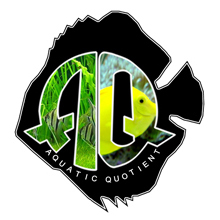zozo
Member
Thanks @zozo - that kit in the first link looks good. Do you think the same material used for Terrarium’s will be fine being completely submerged for several years in an aquarium?
Delamination can occur with anything if water can get in between coating and base material.
That Elastopur actually is a 2 component liquid rubber, nowadays this also exists as waterbased 1 component liquid rubber products from several brands in different colours to seal water tanks, swimming pools and ponds. I guess a water-based 1 component product is not only easier to use but also more affordable. Anything 2 component can not be stored once it is mixed.
But also these products can have delamination issues after a few years if applied to a not fully dried (moist) surface without the use of a special primer. This mainly shows as air bubbles under the skin.
I guess best practice would be to coat the object all around and not only the part that is in view. Even if it is applied to a water-resistant material. Or seal the edges where it touches the glass accordingly so there can get no water behind it to the base material and in between its coating. If you do not do this there is no guarantee it will hold for several years and that delamination will never occur. All tho even if small pieces delaminate you probably will not notice, it's not that a loose piece of skin will fall off.
And this still isn't a 100% guarantee, take a good look at most older fish tanks, most of them have some delaminated silicone in the corners. As long as it doesn't leak there are no worries, but do we ever really know? There are reports enough of fish tanks spontaneously leaking after a few years... Water and temperature fluctuation on submerged products under pressure can be a slow nasty creeper. 🙂







